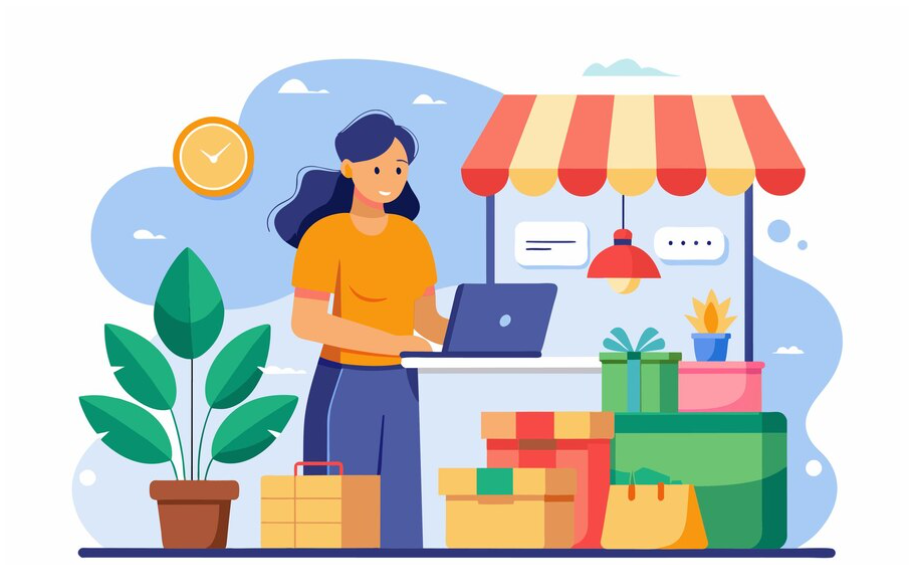Your website is the main focus point of the online presence of your business. You should take every step necessary to ensure that it is designed optimally, providing your visitors with the content that they want. This means using appropriate design styles and avoiding the many pitfalls that plague a lot of websites out there. Don’t forget that Web users generally have a short attention span and if they are turned off by some glaring design issues with your site, they likely will leave within seconds. In order to have any chance of success in the extremely competitive world of online business, you should ensure that your site is both fast and enjoyable to use. Keep the following design flaws in mind when building the perfect website for your Internet marketing campaign.
Use of Colour
Colour is one of the most important factors in Web design. Different colours can strongly influence people on a subconscious level, evoking certain thoughts and feelings. Many designers make the mistake of not paying enough attention to using colour in the correct way. Many poorly designed sites have inconsistent colour schemes or have excessive use of high-contrast colours which can make text difficult to read or distract the reader from the more important content of the page. Although there are few set-in-stone rules when it comes to colour in web design, here are some things to consider: Red- and orange-dominated colour schemes tend to attract attention quickly while green and blue tend to convey a calm and nature-inspired feel, purple conveys luxury and royalty and white is often all-round a safe colour to choose if only for the sake of functional purposes.
Flashing Graphics and Animations
Flashing graphics and animations, particularly where they are used for blatant and intrusive advertising, should be avoided at all costs. Having headers which flicker and flash in the hope of trying to grab attention irritates most people intensely. It will also distract your visitors from the content itself, making for an unpleasant viewing experience which, in many cases, will be enough to turn them off right away. Instead, try using page headers which are simple, elegant and consistent with the design style and content of your site. Web designers should also use the company logo in the page header, since this is a symbol by which people will remember your business. Remember that the page header is usually the first thing that people see, and first impressions count for a lot.
Large, Uncompressed Images
While Internet speeds are constantly getting faster, keep in mind that not everyone has an ultra-fast broadband connection. There are others using mobile devices to browse the Internet which struggle when it comes to displaying pages that are highly graphics-intensive. Using large images which are not optimally compressed can make the biggest performance hit of all and if people have to wait for your website to load up, they are likely to go looking elsewhere. Having large background images is a popular Web design trend, but you should ensure that the images are properly compressed without making a significant impact on quality. Another thing to avoid is having full-size images of products on the same page as the description. Instead, use thumbnail previews which, when clicked on, open a modal box displaying the full-size version of the image.
Not Making the Site Mobile-Friendly
Today, people use a wide variety of different devices to browse the Internet. Desktop and laptop computers are not likely to remain the most popular devices for browsing the Internet for much longer. Already in the U.S., mobile Web traffic accounts for over twenty per cent of all Internet traffic. Touch-screen tablet computers are also becoming very popular, particularly with the launch of Microsoft’s new Windows 8, a highly touch-screen and mobile-orientated operating system. A large number of Web designers, however, are still not paying attention to this extremely important trend. Instead, they continue to design websites which might look good on the big screen while on mobile devices they are difficult and uncomfortable to read and navigate. Instead, today’s Web designers should be paying attention to important trends such as modular design styles, responsive Web design and various other forms of content adaptation. A website which looks great on any screen that it’s displayed on is sure to get more visitors than one that’s not.
To find out more about the services offered by Digital Pacific including domain name registration, dedicated servers, VPS hosting and shared web hosting, visit our website at www.digitalpacific.com.au or call us on 1300 MY HOST.







